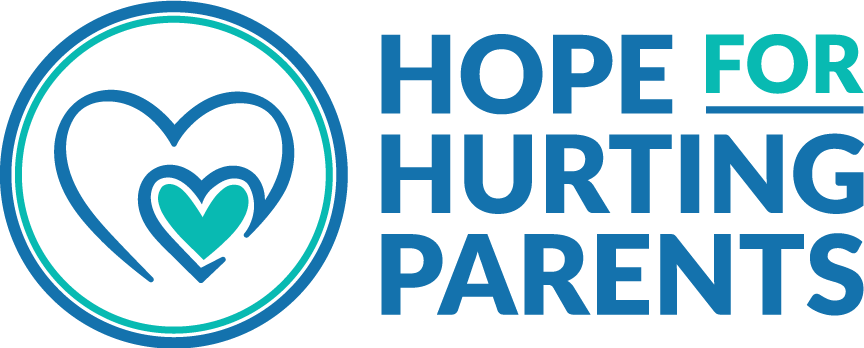This is an informative, compassionate blog to help parents understand self-harm/self-injury and their children who struggle with it. It’s thoughtfully written by Stacy Flury, a mom who’s daughter was a cutter. She She understands. She gets it. She also offers some great resources. You can follow her at Anchor of Promise.
There is a show called, “Strange Addictions” that covers a huge gamut of self-prescribed addictive behaviors from licking the fur off of a cat and eating it, stinging yourself with bees or even sniffing/snorting moth balls. Although there were many other strange and peculiar self-harming addictions, some common factors stood out.
Many found their addiction as a way of coping with other issues in their life. Secondly, some of these types of addictions also suffered from other mental health disorders. When listening to their stories, they often mention a pivotal point in their life that triggered this issue.
So with this post, I would like to discuss some of the ways teen boys and girls utilize self-harm to help them get through everyday life. My hope is that it will bring some type of awareness of the very serious dangers of self-injury.
Although there are many avenues to self-harm, we will focus on some of the most pronounced type of self-injury among pre-teens to young adult.
Cutting – using anything sharp that cuts open the skin. Usually found on wrists, arms ankles, stomach and other areas where it can be concealed. Majority of cutters are girls between the ages of 10-19 however boys are on the rise of self-mutilation.
Object Impact – banging and punching objects to cause bruising and bleeding – mostly seen in boys.
Self-Impact – banging or punching self to cause bruising and bleeding – again, mostly seen in boys.
Carving words or symbols into the skin – it is not the same as cutting; more of a lasting effect (like tattooing) to be reminded of what they are feeling emotionally or symbolizing that emotion.
Hair pulling – a compulsive desire to pull out hair.
Burning – burning skin using cigarettes, lighters, curling iron, etc.
Healing interference – habitual touching, peeling, pulling, adding foreign substance, etc. to wound so that healing will not be complete.
Scratching or Pinching – using objects or fingers to cause bruising, bleeding and ripped skin.
Eating Foreign Objects – paper, glue, play dough, cotton balls, etc.
So the question is asked to a self-harmer about why they self-harm. For some, they do not know how they started or why they do it. For many, it has involved stress, anxiety, and depression. For others, it is a coping skill learned when life got out of control. For them, this is something that they can control in their mind.
Those who suffer from anxiety, depression, suicidal tendencies, eating disorders, broken families, PTSD, sexual abuse and incest are more prone to self-harm than others.
Dear God, please comfort the many parents reading this whose son or daughter struggles with self-injury. Calm their fears. Give them understanding and increased compassion for their child’s inner pain. And give wisdom to know what to do.
On Sunday I will post Part 2 of this blog when Stacy will address the reasons behind cutting.

0 Comments
Trackbacks/Pingbacks